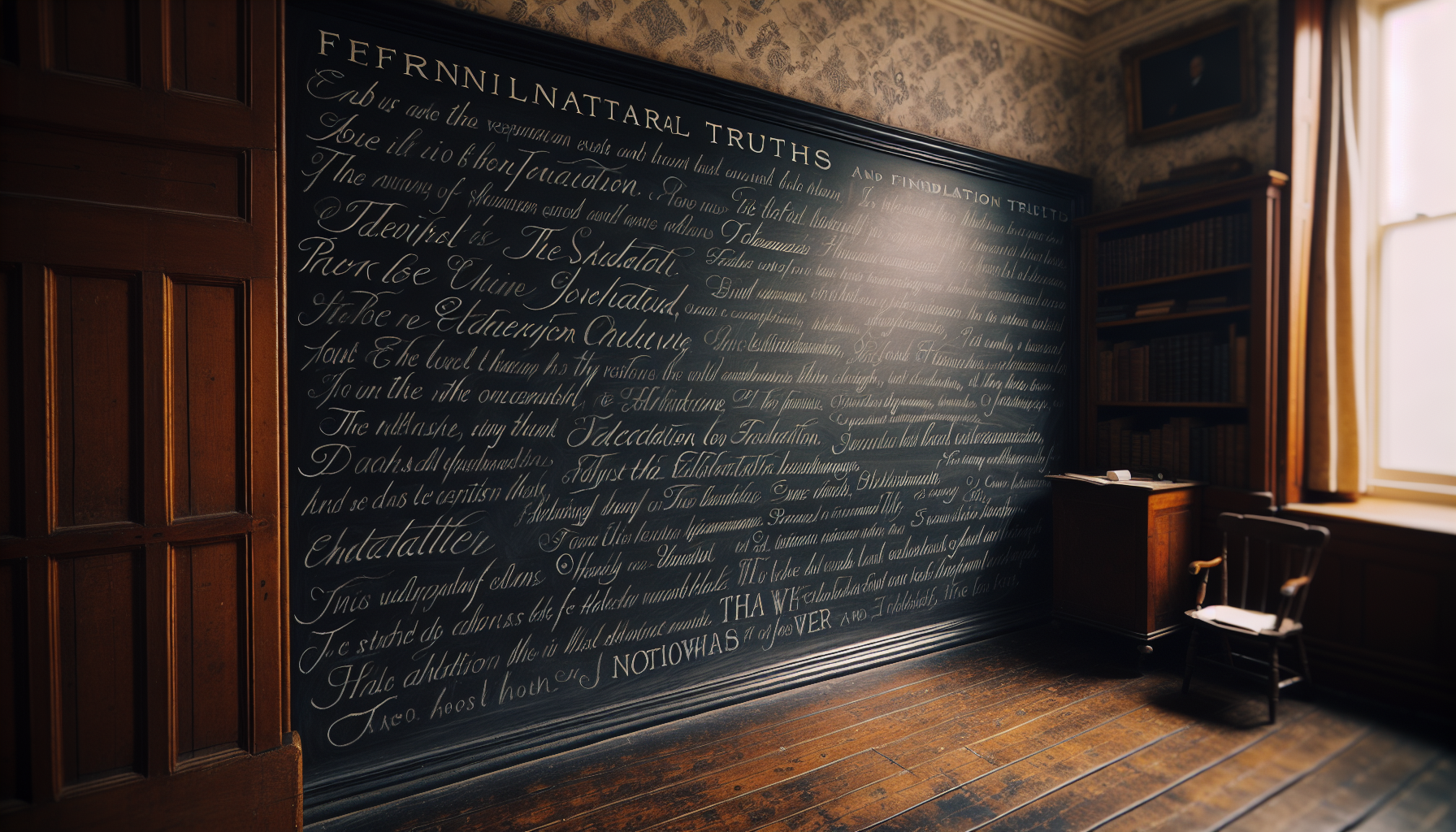The Green Energy Race in New York

In recent years, New York has set forth ambitious clean energy goals that underscore its commitment to a sustainable future. The state has mandated that 70% of its electricity come from renewable sources by 2030 and aims for a carbon-free power sector by 2040. These goals not only reflect a robust commitment to reducing greenhouse gas emissions but also position New York as a leader in the movement towards greener energy. Power companies are responding to these mandates with significant investments in renewable energy projects. For instance, Con Edison, one of the largest utility companies in the state, has launched various solar energy initiatives, including the installation of solar panels on rooftops across New York City and large-scale solar farms in upstate New York. Meanwhile, New York State Electric and Gas (NYSEG) has expanded its portfolio through wind farms and hydropower initiatives, illustrating the diverse approaches being adopted by different companies.
Innovative Projects and Partnerships
The competition among power companies in New York has sparked a wave of innovative projects focused on harnessing renewable energy sources. A particularly noteworthy initiative is the development of offshore wind farms. The New York State Energy Research and Development Authority (NYSERDA) has partnered with various energy firms to promote the construction of these wind farms, which are poised to generate substantial clean energy for millions of residents. In 2021, Governor Andrew Cuomo announced a plan for the construction of 9,000 megawatts of offshore wind capacity by 2035, marking a significant milestone in the state's renewable energy agenda. Moreover, collaboration between public and private sectors has been indispensable in advancing these initiatives. The partnership between the state government and private developers has led to the successful implementation of community solar projects, enabling residents to benefit from solar energy without the burden of installing panels on their properties. These projects not only enhance access to renewable energy but also stimulate local economic development through job creation in the renewable sector.
Impact of State Regulations
The role of state regulations in shaping the renewable energy landscape in New York cannot be overstated. The Clean Energy Standard (CES), established by the New York Public Service Commission, mandates that all retail electricity sales in the state meet specific renewable energy benchmarks. This regulatory framework encourages power companies to invest in renewable projects while imposing penalties on those that continue to rely heavily on fossil fuels. Additionally, New York's involvement in the Regional Greenhouse Gas Initiative (RGGI)—a collaborative effort among several states to reduce greenhouse gas emissions from the power sector—has further incentivized companies to transition toward cleaner energy sources. The auctioning of carbon allowances under RGGI creates a financial motivation for power companies to lower emissions and invest in sustainable practices.
Supporting Evidence and Examples
The tangible outcomes of these initiatives are already becoming evident. In 2020, renewable energy sources accounted for approximately 30% of New York's total electricity generation, a significant increase from previous years. The growth of solar energy in particular has been remarkable, with the state witnessing a 1,000% increase in solar capacity since 2011. Public support for these initiatives is also robust. According to a survey conducted by NYSERDA, approximately 70% of New Yorkers endorse the expansion of renewable energy sources, indicating strong public backing for these transformative efforts.
The green energy race in New York represents a monumental shift towards sustainable energy solutions. Power companies are not merely competing to meet state mandates; they are actively innovating and collaborating to forge a cleaner, more sustainable energy future. As New York continues to advance its renewable energy agenda, the lessons learned and successes achieved can serve as a model for other states and countries striving to transition to greener energy solutions. While the journey is far from complete, the strides made thus far reflect a promising commitment to building a sustainable energy landscape for generations to come. With continued investment, innovation, and public support, New York is poised to lead the charge in the global green energy movement.
Renewable Energy Project Manager
Con Edison, NYSERDA
Job Responsibilities
Oversee the planning and execution of renewable energy projects, ensuring they meet deadlines and budget constraints.
Coordinate with stakeholders, including government agencies and private contractors, to facilitate project development.
Strong understanding of project management methodologies (e.g., Agile, Scrum) and experience with budgeting and forecasting.
Solar Energy System Designer
solar installation companies, energy consulting firms
Job Responsibilities
Design and develop solar energy systems tailored to residential and commercial needs, including site assessments and feasibility studies.
Utilize software tools (e.g., AutoCAD, PVsyst) to create detailed system layouts and performance projections.
Requires knowledge of electrical design principles and local building codes, with certifications such as NABCEP (North American Board of Certified Energy Practitioners).
Energy Policy Analyst
government agencies, think tanks, non-profit organizations
Job Responsibilities
Analyze and evaluate state and federal energy policies, focusing on their impact on renewable energy development and implementation.
Conduct research and produce reports that inform stakeholders about regulatory changes and emerging trends in the energy sector.
Strong analytical skills and familiarity with data analysis tools (e.g., Excel, R) are essential, along with a background in environmental science or public policy.
Wind Turbine Technician
renewable energy companies
Job Responsibilities
Perform maintenance and repairs on wind turbines, ensuring optimal performance and safety standards are met.
Conduct inspections and troubleshoot mechanical and electrical issues, requiring hands-on technical skills and knowledge of turbine systems.
Certification in wind energy technology or related fields is often required, along with physical fitness for climbing turbines.
Sustainability Consultant
consulting firms, corporations
Job Responsibilities
Advise organizations on best practices for energy efficiency and sustainability, including renewable energy integration and resource management.
Assess current energy usage and develop strategic plans to reduce carbon footprints and improve sustainability metrics.
Requires strong communication skills and expertise in sustainability frameworks (e.g., LEED certification), along with a background in environmental science or engineering.


